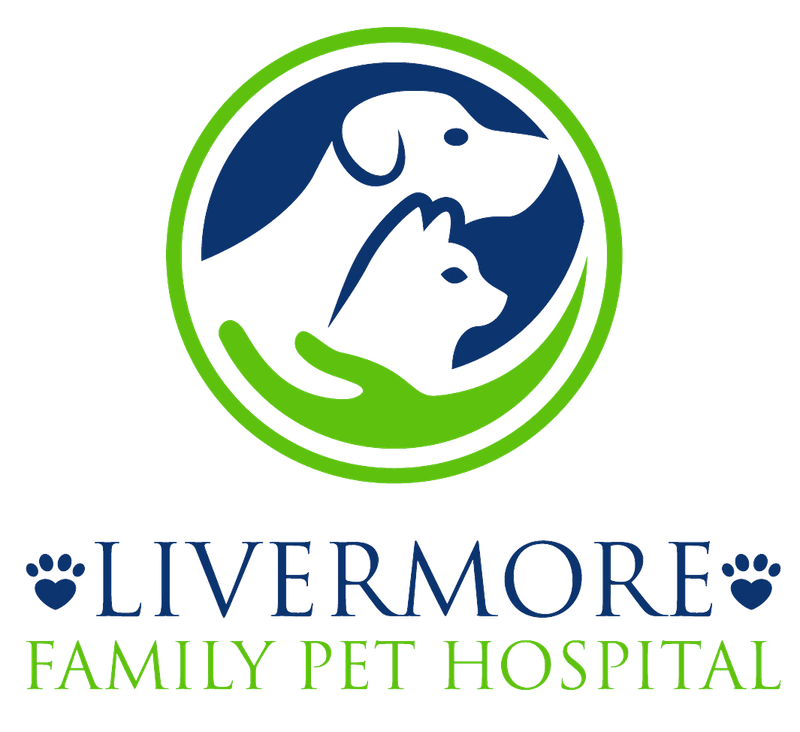Keratoconjunctivitis sicca (KCS), also known as 'dry eye', is a condition in which dogs do not produce enough tears. This results in damage to the surface of the eye, which can be painful and can eventually impair vision. It is possible to treat dry eye with eye drops, and these are usually required for life. Treatment will make your dog more comfortable, but if they have lost their vision, it will generally not be possible to restore this.
What is dry eye?
The anatomy of your dog's eye is shown in the animation below. When your dog blinks, this spreads a thin film of tears across the surface of the eye (the cornea). The tears are produced from little tear glands around the eye.
Animation on the normal anatomy of the canine eye:

Tears are very important to keep the eye healthy. They lubricate the surface of the eye, as well as helping flush away any debris and reducing the risk of infection. In dry eye, the production of tears is compromised, meaning these important functions cannot be performed as normal.
Dry eye can be caused by a number of factors. Usually, it is due to the immune system attacking the tear glands, and scientists still do not fully understand why this happens. Certain breeds are more at risk of this, including Cavalier King Charles Spaniels, Shih Tzus, West Highland White Terriers, Pugs and American Cocker Spaniels. Besides this immune-mediated cause of dry eye, there are other less common causes including metabolic conditions and certain infections. Dry eye is more common in older than younger dogs.
What are the symptoms of dry eye?
The symptoms of dry eye include:
- Eye discomfort or pain – you may see your pet rubbing at their eyes
- Thick and sticky discharge from the eye
- Recurrent episodes of conjunctivitis
- Dullness or cloudiness to the cornea
- Dark pigmentation to the cornea, often with small blood vessels growing in
- Sometimes, ulcers on the surface of the eye can develop secondary to the condition
Image of a Shepherd dog with KCS:

The following animation shows how the appearance of the eye may change as the condition progresses over time. Firstly, the eye may appear dull and cloudy, but later the cornea becomes dark and pigmented, and little blood vessels can be seen growing in.
Eventually, the corneal damage becomes so advanced that the eye can become blind.
Animation on the progression of KCS:
How will my vet diagnose dry eye?
If your dog has problems with their eyes, your vet will examine them and perform certain tests. It is possible to assess your dog’s tear production with a 'Schirmer tear test', which involves putting a little strip of paper into your dog’s eye and seeing how far the moisture spreads up the paper. A low reading on this test indicates that your dog has dry eye.
If your dog has an infection or ulcer secondary to dry eye, this may make them produce an unusually high level of tears, meaning that the tear test reading may not be low. So your vet may repeat the tear test after the ulcer has resolved.
How is dry eye treated?
It is best to start treatment early, as this can stop your dog developing irreversible corneal damage and blindness. Treatment will need to be lifelong in most cases.
Dry eye is usually managed medically with eye drops. Two main classes of eye drops are used in this condition: tear replacement drops that lubricate the eye, and drops that stimulate tear production by stopping the immune system destroying the tear glands.
Alongside these medications, your pet may require antibiotic and anti-inflammatory eye drops to settle down any infections.
If medical management is not effective, or if your dog's temperament means it is not possible to apply eye drops, your vet may advise surgery. One surgical option involves moving a salivary gland to the eyelid, so saliva replaces the tears. However, it is important to note that long-term management is often needed after surgery.
If you have questions and you'd like to reach out to us, you can call us directly at (925) 744-6421, or you can email us at [email protected].

